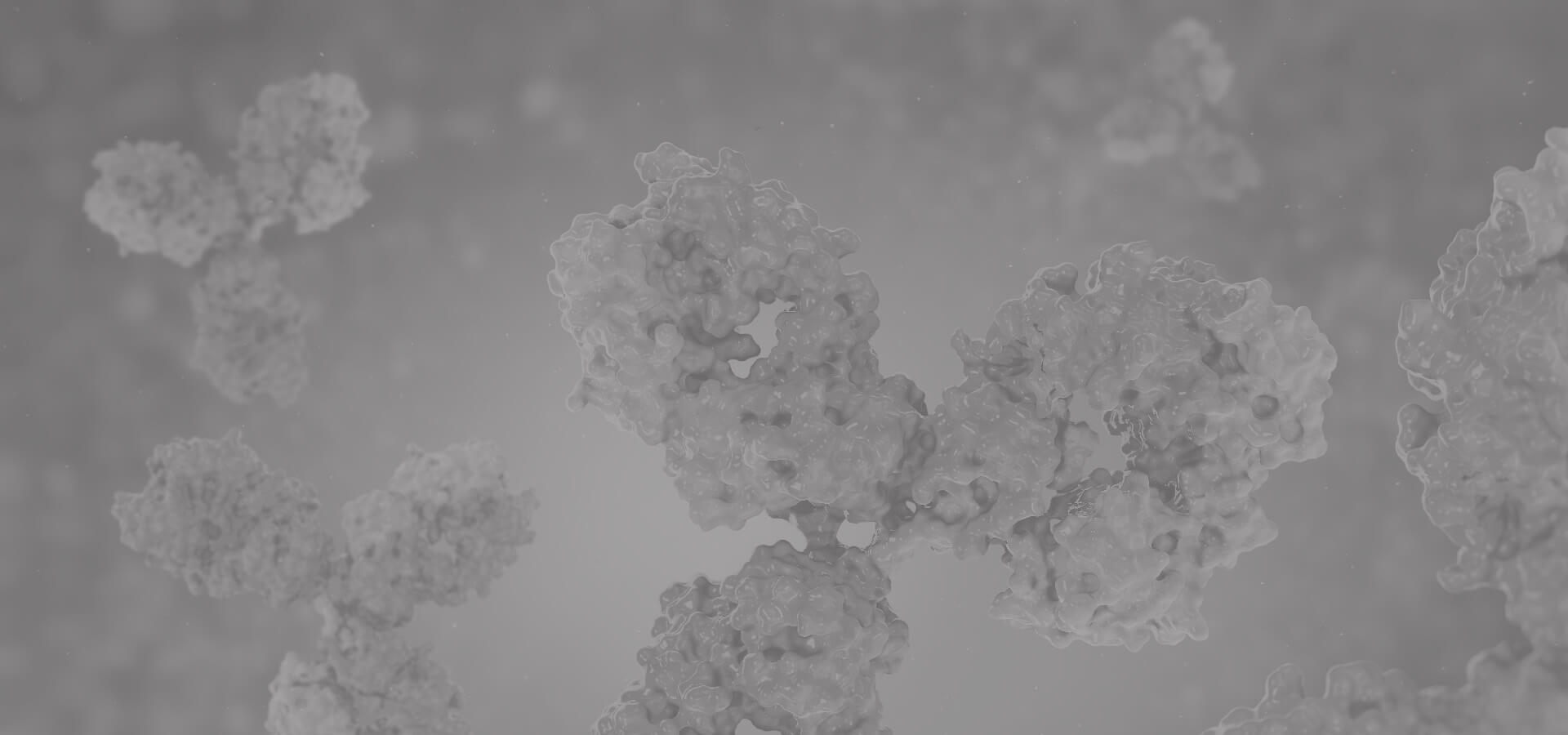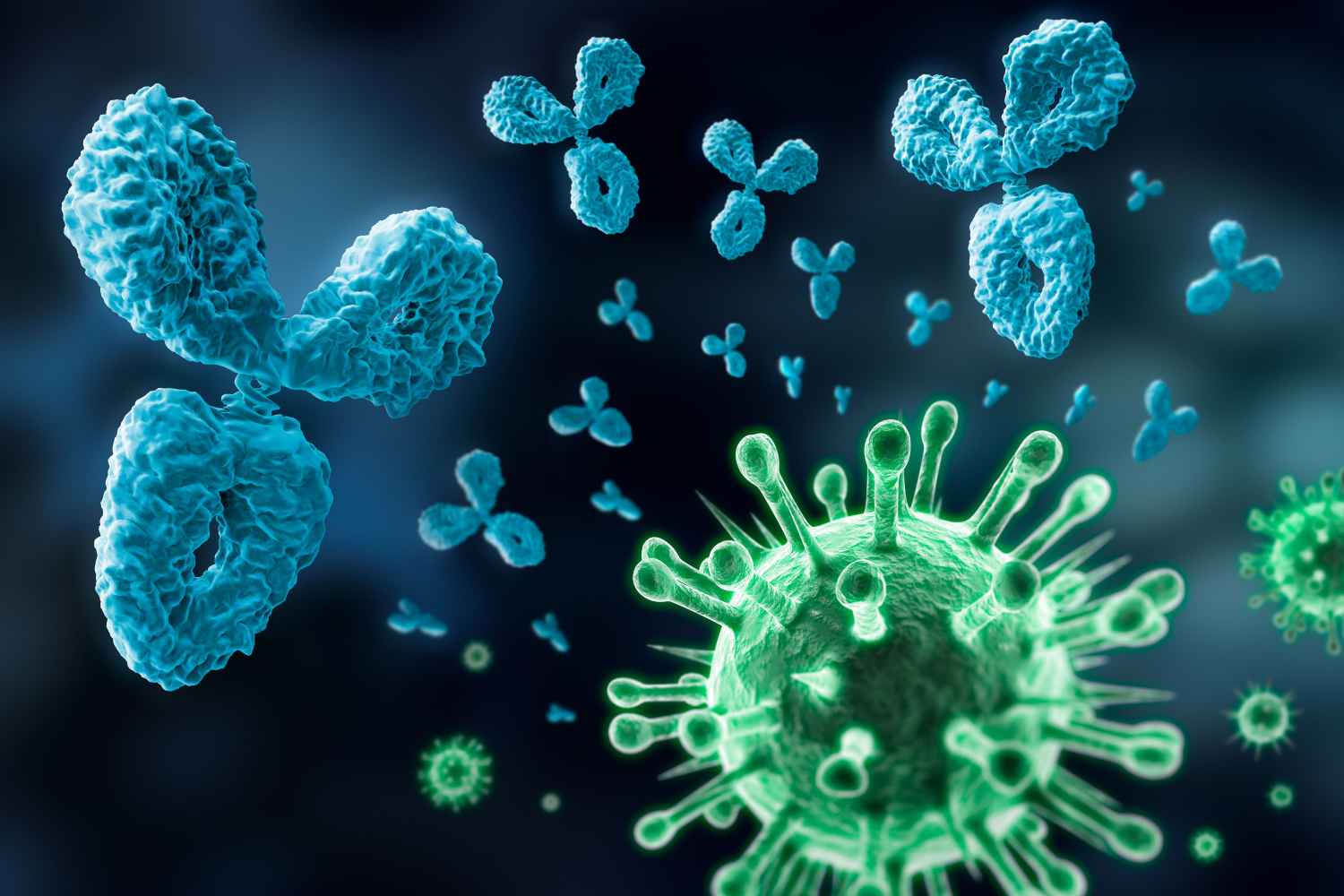RBM8A
This gene encodes a protein with a conserved RNA-binding motif. The protein is found predominantly in the nucleus, although it is also present in the cytoplasm. It is preferentially associated with mRNAs produced by splicing, including both nuclear mRNAs and newly exported cytoplasmic mRNAs. It is thought that the protein remains associated with spliced mRNAs as a tag to indicate where introns had been present, thus coupling pre- and post-mRNA splicing events. Previously, it was thought that two genes encode this protein, RBM8A and RBM8B; it is now thought that the RBM8B locus is a pseudogene. Two alternative start codons result in two forms of the protein, and this gene also uses multiple polyadenylation sites. [provided by RefSeq]
Full Name
RNA binding motif protein 8A
Function
Required for pre-mRNA splicing as component of the spliceosome (PubMed:28502770, PubMed:29301961).
Core component of the splicing-dependent multiprotein exon junction complex (EJC) deposited at splice junctions on mRNAs. The EJC is a dynamic structure consisting of core proteins and several peripheral nuclear and cytoplasmic associated factors that join the complex only transiently either during EJC assembly or during subsequent mRNA metabolism. The EJC marks the position of the exon-exon junction in the mature mRNA for the gene expression machinery and the core components remain bound to spliced mRNAs throughout all stages of mRNA metabolism thereby influencing downstream processes including nuclear mRNA export, subcellular mRNA localization, translation efficiency and nonsense-mediated mRNA decay (NMD). The MAGOH-RBM8A heterodimer inhibits the ATPase activity of EIF4A3, thereby trapping the ATP-bound EJC core onto spliced mRNA in a stable conformation. The MAGOH-RBM8A heterodimer interacts with the EJC key regulator PYM1 leading to EJC disassembly in the cytoplasm and translation enhancement of EJC-bearing spliced mRNAs by recruiting them to the ribosomal 48S preinitiation complex. Its removal from cytoplasmic mRNAs requires translation initiation from EJC-bearing spliced mRNAs. Associates preferentially with mRNAs produced by splicing. Does not interact with pre-mRNAs, introns, or mRNAs produced from intronless cDNAs. Associates with both nuclear mRNAs and newly exported cytoplasmic mRNAs. The MAGOH-RBM8A heterodimer is a component of the nonsense mediated decay (NMD) pathway. Involved in the splicing modulation of BCL2L1/Bcl-X (and probably other apoptotic genes); specifically inhibits formation of proapoptotic isoforms such as Bcl-X(S); the function is different from the established EJC assembly.
Core component of the splicing-dependent multiprotein exon junction complex (EJC) deposited at splice junctions on mRNAs. The EJC is a dynamic structure consisting of core proteins and several peripheral nuclear and cytoplasmic associated factors that join the complex only transiently either during EJC assembly or during subsequent mRNA metabolism. The EJC marks the position of the exon-exon junction in the mature mRNA for the gene expression machinery and the core components remain bound to spliced mRNAs throughout all stages of mRNA metabolism thereby influencing downstream processes including nuclear mRNA export, subcellular mRNA localization, translation efficiency and nonsense-mediated mRNA decay (NMD). The MAGOH-RBM8A heterodimer inhibits the ATPase activity of EIF4A3, thereby trapping the ATP-bound EJC core onto spliced mRNA in a stable conformation. The MAGOH-RBM8A heterodimer interacts with the EJC key regulator PYM1 leading to EJC disassembly in the cytoplasm and translation enhancement of EJC-bearing spliced mRNAs by recruiting them to the ribosomal 48S preinitiation complex. Its removal from cytoplasmic mRNAs requires translation initiation from EJC-bearing spliced mRNAs. Associates preferentially with mRNAs produced by splicing. Does not interact with pre-mRNAs, introns, or mRNAs produced from intronless cDNAs. Associates with both nuclear mRNAs and newly exported cytoplasmic mRNAs. The MAGOH-RBM8A heterodimer is a component of the nonsense mediated decay (NMD) pathway. Involved in the splicing modulation of BCL2L1/Bcl-X (and probably other apoptotic genes); specifically inhibits formation of proapoptotic isoforms such as Bcl-X(S); the function is different from the established EJC assembly.
Biological Process
Biological Process mRNA export from nucleus1 PublicationIC:ComplexPortal
Biological Process mRNA splicing, via spliceosomeManual Assertion Based On ExperimentIDA:UniProtKB
Biological Process nuclear-transcribed mRNA catabolic process, nonsense-mediated decayManual Assertion Based On ExperimentIMP:UniProtKB
Biological Process regulation of alternative mRNA splicing, via spliceosomeManual Assertion Based On ExperimentIMP:UniProtKB
Biological Process regulation of mRNA processingManual Assertion Based On ExperimentIDA:ComplexPortal
Biological Process regulation of nuclear-transcribed mRNA catabolic process, nonsense-mediated decayManual Assertion Based On ExperimentIDA:ComplexPortal
Biological Process regulation of translationIEA:UniProtKB-KW
Biological Process RNA splicingManual Assertion Based On ExperimentIBA:GO_Central
Biological Process mRNA splicing, via spliceosomeManual Assertion Based On ExperimentIDA:UniProtKB
Biological Process nuclear-transcribed mRNA catabolic process, nonsense-mediated decayManual Assertion Based On ExperimentIMP:UniProtKB
Biological Process regulation of alternative mRNA splicing, via spliceosomeManual Assertion Based On ExperimentIMP:UniProtKB
Biological Process regulation of mRNA processingManual Assertion Based On ExperimentIDA:ComplexPortal
Biological Process regulation of nuclear-transcribed mRNA catabolic process, nonsense-mediated decayManual Assertion Based On ExperimentIDA:ComplexPortal
Biological Process regulation of translationIEA:UniProtKB-KW
Biological Process RNA splicingManual Assertion Based On ExperimentIBA:GO_Central
Cellular Location
Nucleus
Nucleus speckle
Cytoplasm
Nucleocytoplasmic shuttling protein (PubMed:11030346).
Travels to the cytoplasm as part of the exon junction complex (EJC) bound to mRNA. Colocalizes with the core EJC, ALYREF/THOC4, NXF1 and UAP56 in the nucleus and nuclear speckles (PubMed:19324961).
Nucleus speckle
Cytoplasm
Nucleocytoplasmic shuttling protein (PubMed:11030346).
Travels to the cytoplasm as part of the exon junction complex (EJC) bound to mRNA. Colocalizes with the core EJC, ALYREF/THOC4, NXF1 and UAP56 in the nucleus and nuclear speckles (PubMed:19324961).
Involvement in disease
Thrombocytopenia-absent radius syndrome (TAR):
An autosomal recessive disorder characterized by bilateral absence of the radii with the presence of both thumbs, thrombocytopenia, low numbers of megakaryocytes, and bleeding episodes in the first year of life. Thrombocytopenic episodes decrease with age. Skeletal anomalies range from absence of radii to virtual absence of upper limbs, with or without lower limb defects such as malformations of the hip and knee.
An autosomal recessive disorder characterized by bilateral absence of the radii with the presence of both thumbs, thrombocytopenia, low numbers of megakaryocytes, and bleeding episodes in the first year of life. Thrombocytopenic episodes decrease with age. Skeletal anomalies range from absence of radii to virtual absence of upper limbs, with or without lower limb defects such as malformations of the hip and knee.
View more
Anti-RBM8A antibodies
+ Filters
 Loading...
Loading...
Target: RBM8A
Host: Mouse
Antibody Isotype: IgG2b
Specificity: Human
Clone: 3E4
Application*: WB, P, E
Target: RBM8A
Host: Mouse
Antibody Isotype: IgG2b, κ
Specificity: Human
Clone: CBCNR-311
Application*: E, WB, P
Target: RBM8A
Host: Mouse
Antibody Isotype: IgG2b
Specificity: Human
Clone: 3-00E-004
Application*: E, P, WB
More Infomation
Hot products 
-
Mouse Anti-CD59 Recombinant Antibody (CBXC-2097) (CBMAB-C4421-CQ)

-
Mouse Anti-C5B-9 Recombinant Antibody (CBFYA-0216) (CBMAB-X0304-FY)

-
Mouse Anti-ENO1 Recombinant Antibody (8G8) (CBMAB-E1329-FY)

-
Rabbit Anti-AKT2 (Phosphorylated S474) Recombinant Antibody (V2-556130) (PTM-CBMAB-0605LY)

-
Mouse Anti-CGAS Recombinant Antibody (CBFYM-0995) (CBMAB-M1146-FY)

-
Mouse Anti-ARSA Recombinant Antibody (CBYC-A799) (CBMAB-A3679-YC)

-
Mouse Anti-CASQ1 Recombinant Antibody (CBFYC-0863) (CBMAB-C0918-FY)

-
Mouse Anti-CD83 Recombinant Antibody (HB15) (CBMAB-C1765-CQ)

-
Mouse Anti-CCS Recombinant Antibody (CBFYC-1093) (CBMAB-C1150-FY)

-
Mouse Anti-ACVR1C Recombinant Antibody (V2-179685) (CBMAB-A1041-YC)

-
Mouse Anti-CD19 Recombinant Antibody (CBXC-1224) (CBMAB-C1491-CQ)

-
Mouse Anti-CEMIP Recombinant Antibody (3C12) (CBMAB-K0296-LY)

-
Rat Anti-AChR Recombinant Antibody (V2-12500) (CBMAB-0990-CN)

-
Mouse Anti-CDKL5 Recombinant Antibody (CBFYC-1629) (CBMAB-C1689-FY)

-
Mouse Anti-BAD (Phospho-Ser136) Recombinant Antibody (CBYY-0138) (CBMAB-0139-YY)

-
Mouse Anti-AKT1 (Phosphorylated S473) Recombinant Antibody (V2-505430) (PTM-CBMAB-0067LY)

-
Mouse Anti-ASB9 Recombinant Antibody (1D8) (CBMAB-A0529-LY)

-
Mouse Anti-ADGRL2 Recombinant Antibody (V2-58519) (CBMAB-L0166-YJ)

-
Mouse Anti-ADV Recombinant Antibody (V2-503423) (CBMAB-V208-1364-FY)

-
Mouse Anti-ELAVL4 Recombinant Antibody (6B9) (CBMAB-1132-YC)

For Research Use Only. Not For Clinical Use.
(P): Predicted
* Abbreviations
- AActivation
- AGAgonist
- APApoptosis
- BBlocking
- BABioassay
- BIBioimaging
- CImmunohistochemistry-Frozen Sections
- CIChromatin Immunoprecipitation
- CTCytotoxicity
- CSCostimulation
- DDepletion
- DBDot Blot
- EELISA
- ECELISA(Cap)
- EDELISA(Det)
- ESELISpot
- EMElectron Microscopy
- FFlow Cytometry
- FNFunction Assay
- GSGel Supershift
- IInhibition
- IAEnzyme Immunoassay
- ICImmunocytochemistry
- IDImmunodiffusion
- IEImmunoelectrophoresis
- IFImmunofluorescence
- IGImmunochromatography
- IHImmunohistochemistry
- IMImmunomicroscopy
- IOImmunoassay
- IPImmunoprecipitation
- ISIntracellular Staining for Flow Cytometry
- LALuminex Assay
- LFLateral Flow Immunoassay
- MMicroarray
- MCMass Cytometry/CyTOF
- MDMeDIP
- MSElectrophoretic Mobility Shift Assay
- NNeutralization
- PImmunohistologyp-Paraffin Sections
- PAPeptide Array
- PEPeptide ELISA
- PLProximity Ligation Assay
- RRadioimmunoassay
- SStimulation
- SESandwich ELISA
- SHIn situ hybridization
- TCTissue Culture
- WBWestern Blot

Online Inquiry







